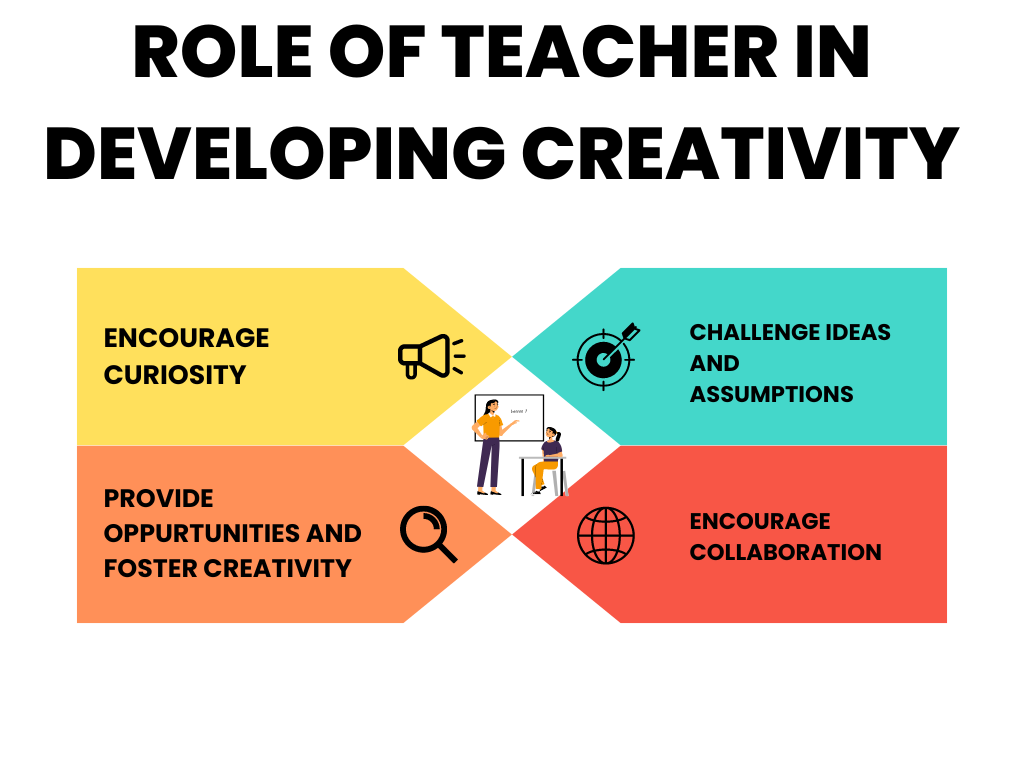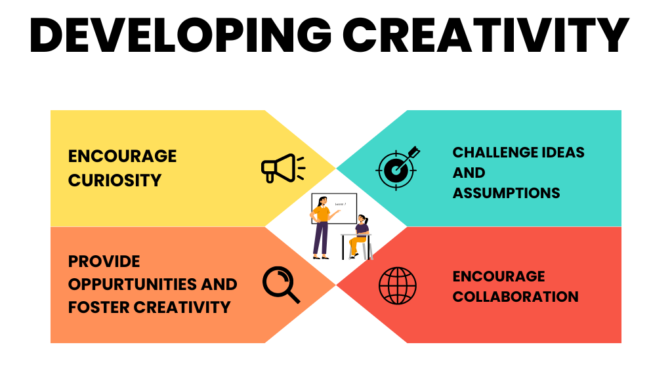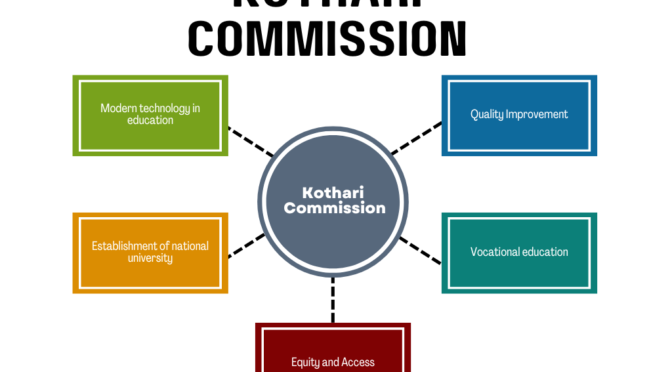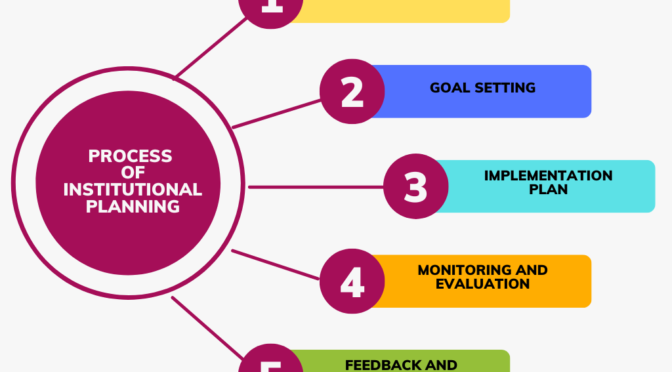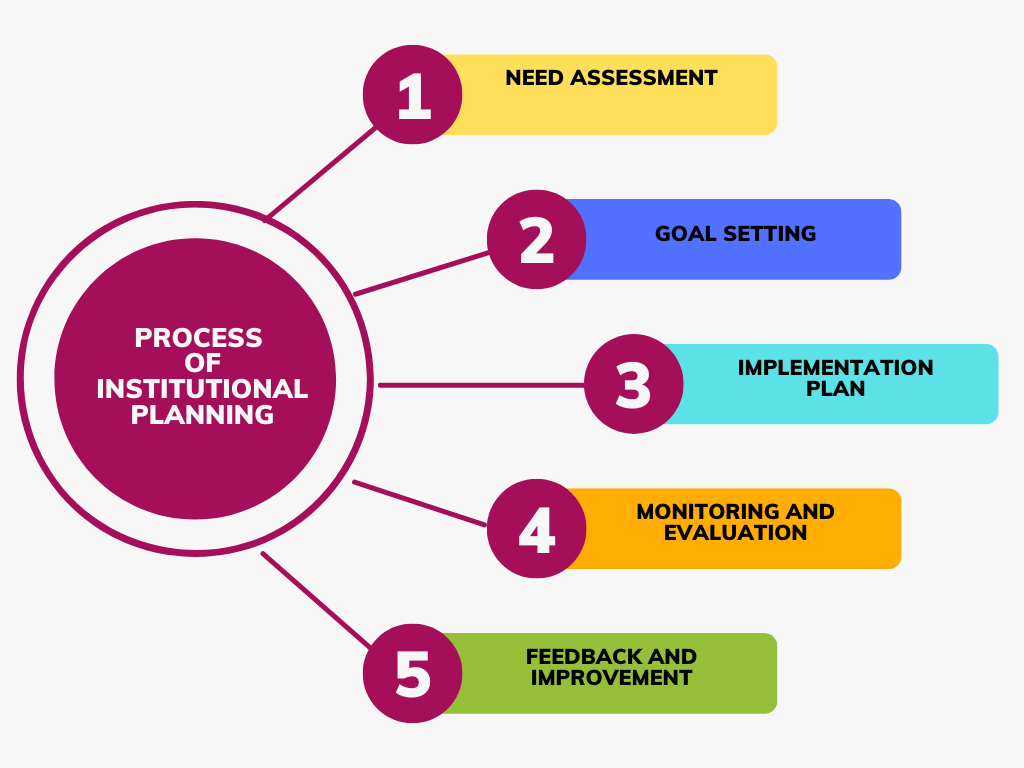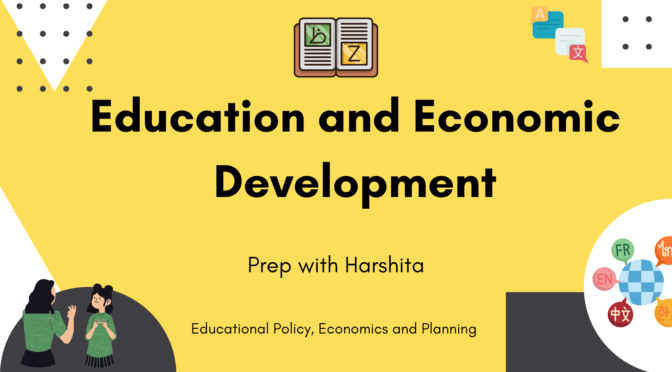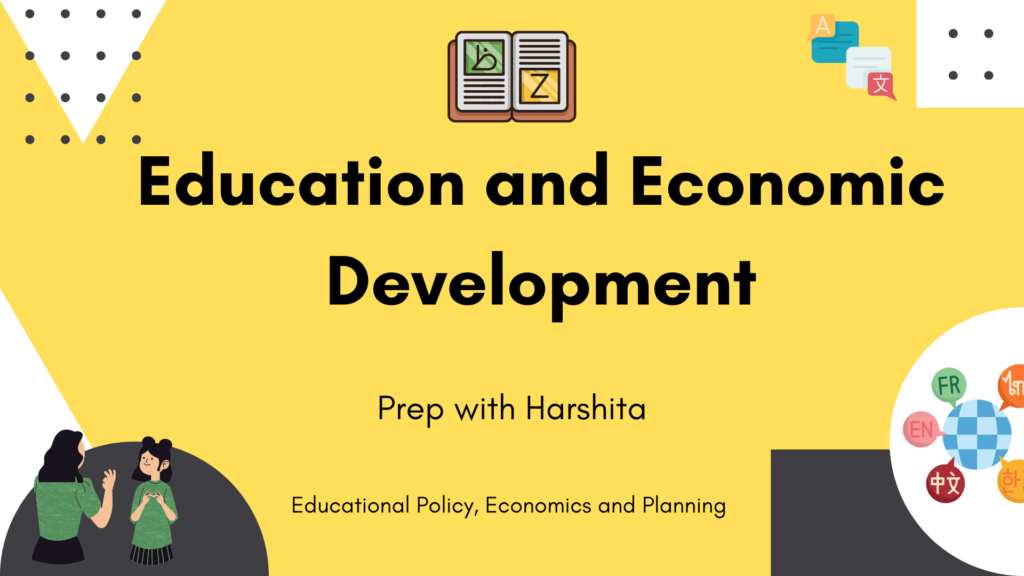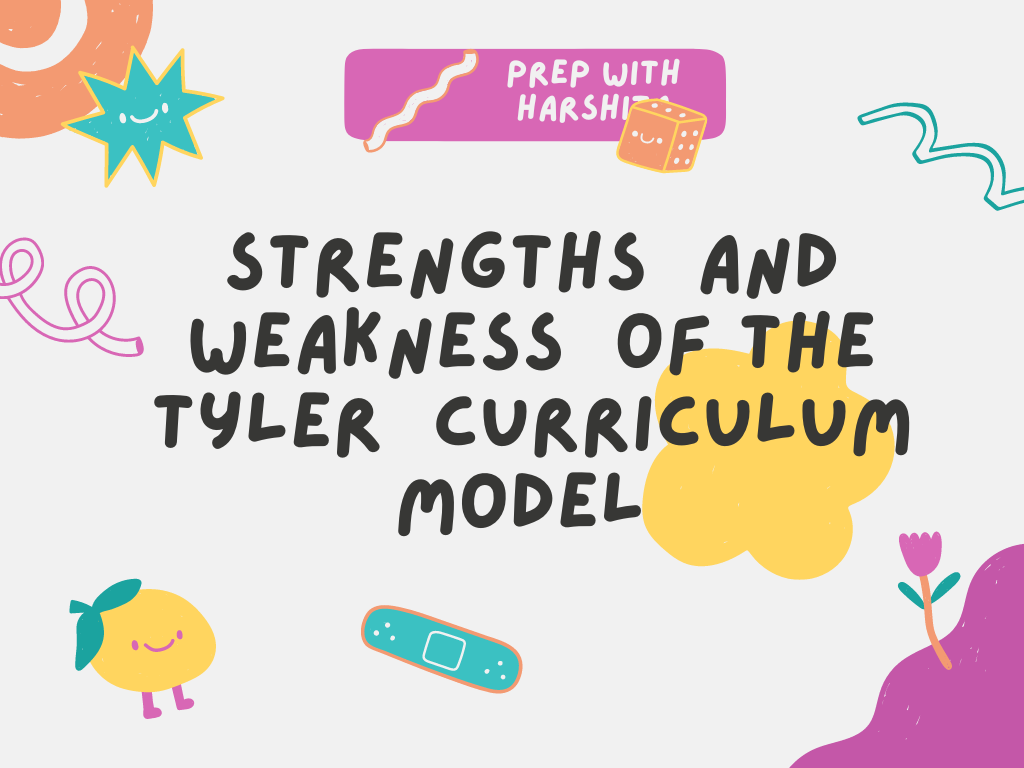The role of a teacher in developing creativity and critical thinking in students is a very important aspect. Here are some ways in which a teacher can promote creativity and critical thinking among students:
- Encourage curiosity: Teachers should create a safe and supportive environment where students feel free to ask questions, explore their interests and pursue their curiosity. They should encourage students to question and analyze the information presented to them.
- Challenge ideas and assumptions: Teachers should encourage students to question assumptions and look at problems from multiple perspectives. They should provide opportunities for students to challenge existing ideas and think outside the box.
- Foster creativity: Teachers should provide opportunities for students to express themselves creatively. They can do this through art projects, creative writing assignments, and other activities that encourage students to think beyond the conventional.
- Provide feedback: Teachers should provide constructive feedback that encourages students to reflect on their work and make improvements. Feedback should be specific and focused on the development of critical thinking skills.
- Encourage collaboration: Teachers should encourage students to work together in groups to solve problems and share ideas. Collaboration promotes critical thinking and encourages creativity by exposing students to a diverse range of perspectives and ideas.
- Model critical thinking: Teachers should model critical thinking by asking open-ended questions, using evidence to support their arguments, and encouraging students to challenge their own assumptions.
Overall, the role of a teacher in developing creativity and critical thinking is to provide opportunities for students to explore and express themselves, challenge assumptions, and develop the skills needed to think critically about the world around them.
Also Read: Type of Motivation
Check the Youtube Channel: Prep with Harshita
